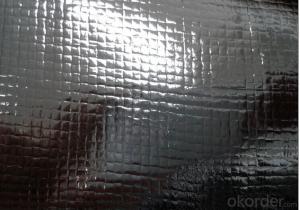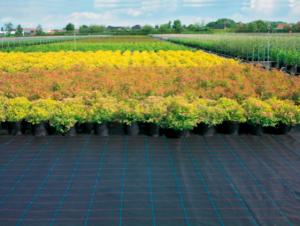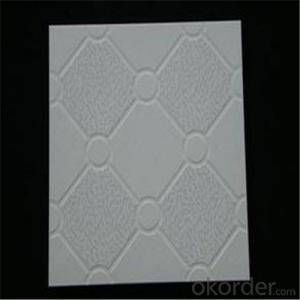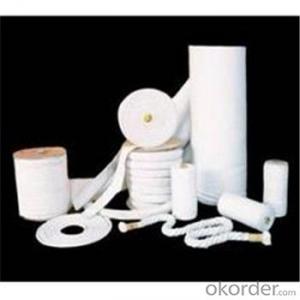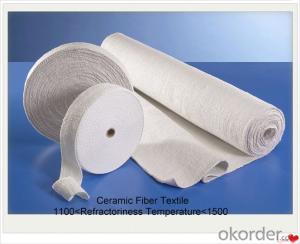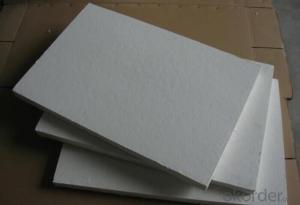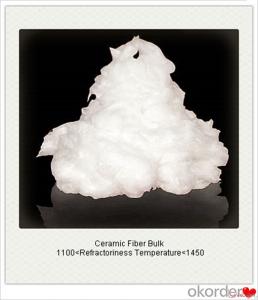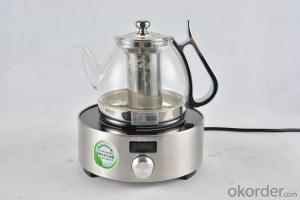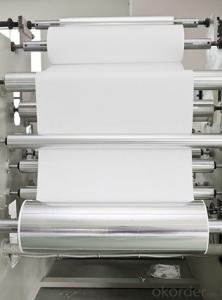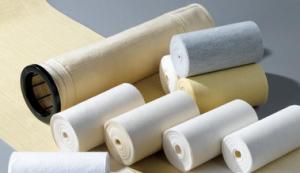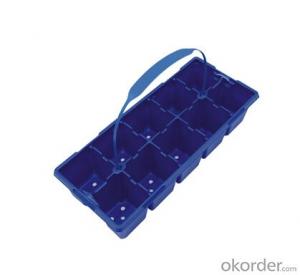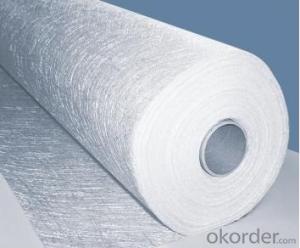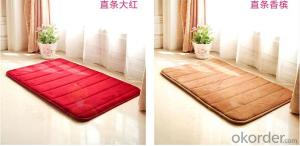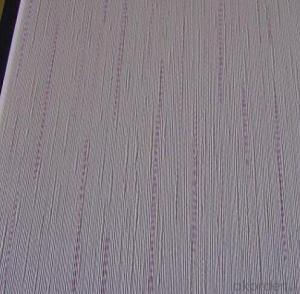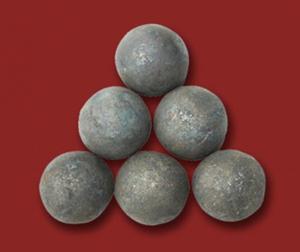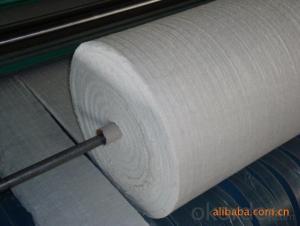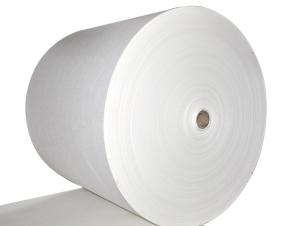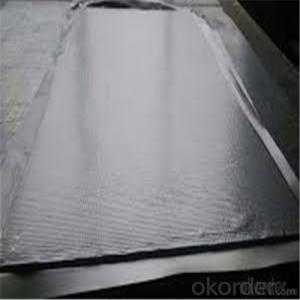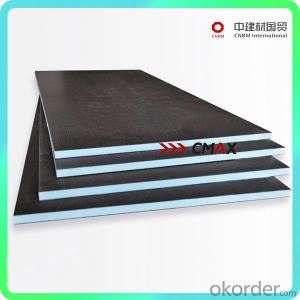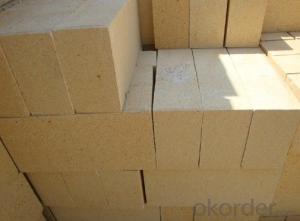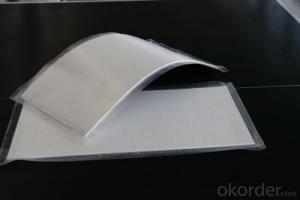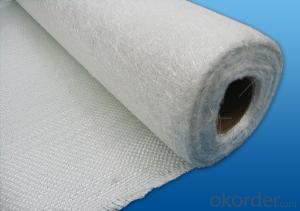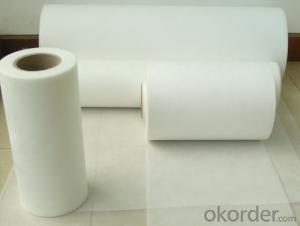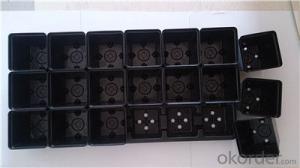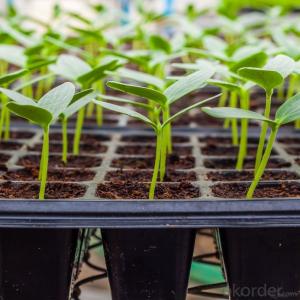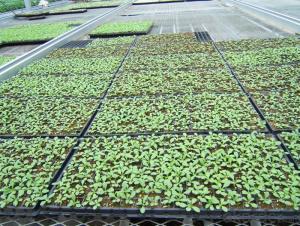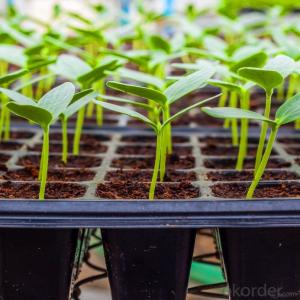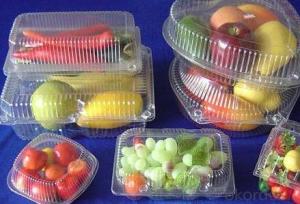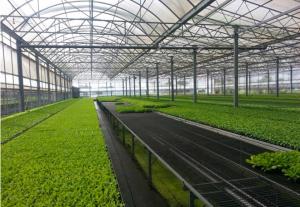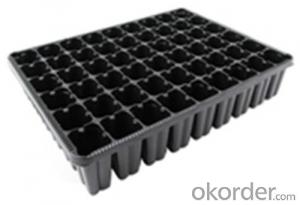Radiant Heat Mat
Radiant Heat Mat Related Searches
Steel Frames For Furniture Wd 40 For Stainless Steel Spray Paint For Stainless Steel Drill Bits For Stainless Steel Best Inverter For Solar System Led Table Lamps For Home Best Solar Inverter For Rv Stainless Steel Box With Lid Stainless Steel Bucket With Lid Inverter For 5kw Solar SystemHot Searches
Cheap High Tea Sets For Sale Portable Led Signs For Sale Stone Hot Water Bottles For Sale Large Led Screens For Sale 1/4 Aluminum Plate For Sale H4 Led Headlight Bulbs For Sale Air Pump For Aquarium Price Inverter Size For Solar System Solar Thermal Collectors For Sale Used Finger Joint Machine For Sale Aluminum Dock Plate For Sale Aluminum Plate For Sale Near Me Solar Chips For Sale Solar Business For Sale Solar Controllers For Sale Pipe Staging For Sale Aluminum Stock For Sale Near Me Used Electrical Wire For Sale 6 3 Electrical Wire For Sale Aluminum Towers For SaleRadiant Heat Mat Supplier & Manufacturer from China
Okorder.com is a professional Radiant Heat Mat supplier & manufacturer, offers integrated one-stop services including real-time quoting and online cargo tracking. We are funded by CNBM Group, a Fortune 500 enterprise and the largest Radiant Heat Mat firm in China.Hot Products
FAQ
- Yes, ground cover plants can be used to improve soil moisture retention. They act as a natural mulch, reducing water evaporation from the soil surface and helping to prevent erosion. The dense foliage of ground covers also shades the soil, reducing temperature fluctuations and further minimizing moisture loss. Additionally, their root systems help to improve soil structure, allowing for better water infiltration and retention.
- Yes, nursery trays can be used for bulb propagation. These trays provide a convenient and organized way to plant and propagate bulbs, allowing for easy monitoring and care. The trays also typically have adequate drainage, which is essential for bulb growth.
- No, agricultural plastic products are not FDA approved. The FDA regulates food safety and does not specifically approve agricultural plastic products. However, the FDA does provide guidelines and regulations for the use of materials in contact with food to ensure safety and prevent contamination.
- Agricultural plastic products help with plant propagation by providing a controlled environment for seed germination, protecting young plants from harsh weather conditions, and allowing for efficient water and nutrient management.
- One way to prevent ground cover from competing with trees for water and nutrients is by implementing proper mulching techniques. By applying a layer of mulch around the base of the trees, it helps to suppress the growth of ground cover and prevents it from accessing the water and nutrients intended for the trees. Additionally, regular weeding and removal of any unwanted ground cover can also help minimize competition and allow the trees to receive the necessary resources for their growth and health.
- Yes, there are alternatives to agricultural plastic products. Some examples include biodegradable and compostable materials made from plant-based sources such as bioplastics, mulch films made from natural materials like straw or paper, and reusable containers or packaging made from materials like glass or metal. Additionally, innovative farming practices such as hydroponics and vertical farming reduce the need for plastics by growing crops in controlled environments without soil.
- Distinguish between recyclable and non recyclable?Why are some plastics recyclable?
- because they are non-biodegradable.

